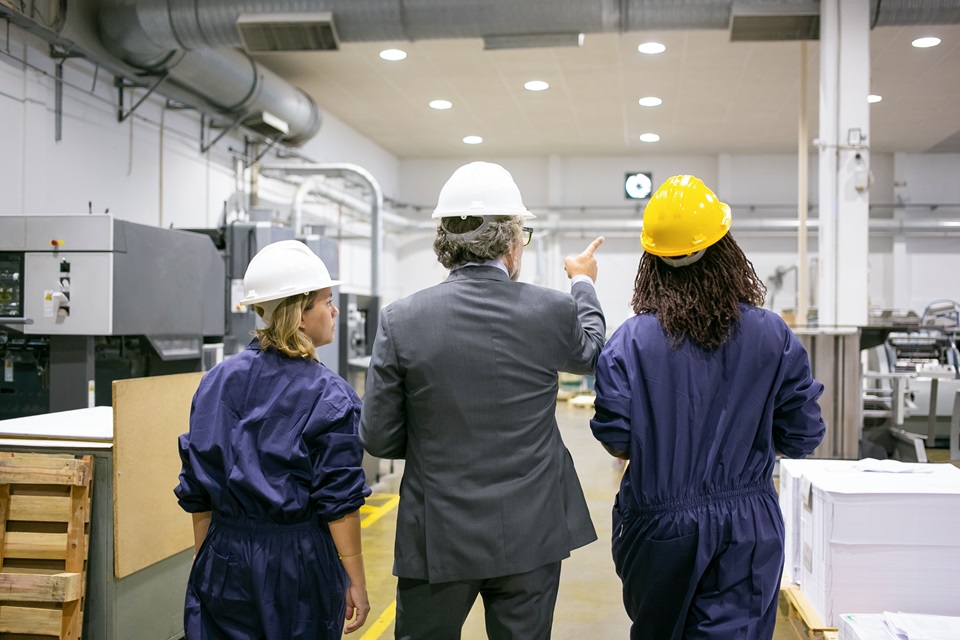Why do manufacturing and factory employees quit? What drives their turnover? Again and again, the answer tends to be, other people. Most who are hired into manufacturing jobs know the work is redundant, they know it can be hard, manual and demanding at times. This is the nature of the work in the first place. However, more often than not, the key factors that trigger higher turnover involve how people are treated by their direct supervisors. Favoritism, perceived targeting, disregard for concerns, bullying and more have repeatedly been noted as causes for people walking out the exit door. Motivating employees, on the other hand, boosts loyalty and retention, especially when combined with employee support programs like training, additional education, flexible scheduling and more.
Table of Contents
The Cost Of Turnover
When a skilled employee leaves a manufacturing job, it’s not a simple matter of putting someone else in the role, even if the replacement has familiarity with the company and the general process. There is still a learning curve in most cases unless the replacement has done the actual job before. And even then, changes happen over time that create adaption delays with a replacement.
Not only is there an expense with training, if the employee is new, there are costs for recruiting, hiring, interviewing and selection, then onboarding and then a variety of preparation, equipment and more training. That can add up to thousands of dollars before the new employee even starts doing the work. In comparison, simply adding an additional training or education program might cost a few hundred dollars instead. The difference can be shocking, but because there can be so much focus on penny costs, the big picture gets missed.
Focusing On What Matters
For any manufacturing operation, productivity is paramount. Meeting order amounts and quantity production in a timely manner is key. So, knowing how to retain manufacturing employees should also become a top priority to keep turnover low and productivity high, especially in skilled manufacturing jobs that are hard to replace staff in. As a result, retention focus should be paying attention to what matters to staff: job enjoyment, stability in career and employment, a family-supportive workplace, and a functional work-life balance. In a lot of ways, the principle here is almost Machiavellian; allow a person to protect their farm and means of living, and they will march in an army for you.
Pushing For The End Goal As A Team
Emotional investment tends to be a strong driver in employee retention. When manufacturing staff feel they are working together as part of something bigger, they tend to reinforce support and loyalty as their individual actions affect their teammates directly, or at least they are perceived to have an impact. Add in ongoing training and institutional knowledge, and those with time and seniority become more valuable, creating a learning and promotional curve. They end up becoming the teachers of the next wave of newer employees, both through direct instruction and knowledge transfer in practice. That has the effect of reducing safety costs, overall individual training expenses, and it provides uniformity at different levels.
A Recruitment Firm Can Help
Recruitment isn’t just about the front end for hiring new employees alone. Recruitment support and consulting can also provide a lot of internal services for boosting manufacturing employee retention as well. By understanding how internal staff are operating, feeling and being motivated, as well as where there are pain points, a recruitment firm can provide key strategic information on how to change. And that can include what to fix in supervision to attract and hold onto key people versus driving them away. Again, turnover is too expensive an approach to depend on for help. There aren’t enough skilled workers ready to go at a moment’s notice, and the cost can be ten times what it takes to retain a good employee. Think and work smart, not hard and expensive.



